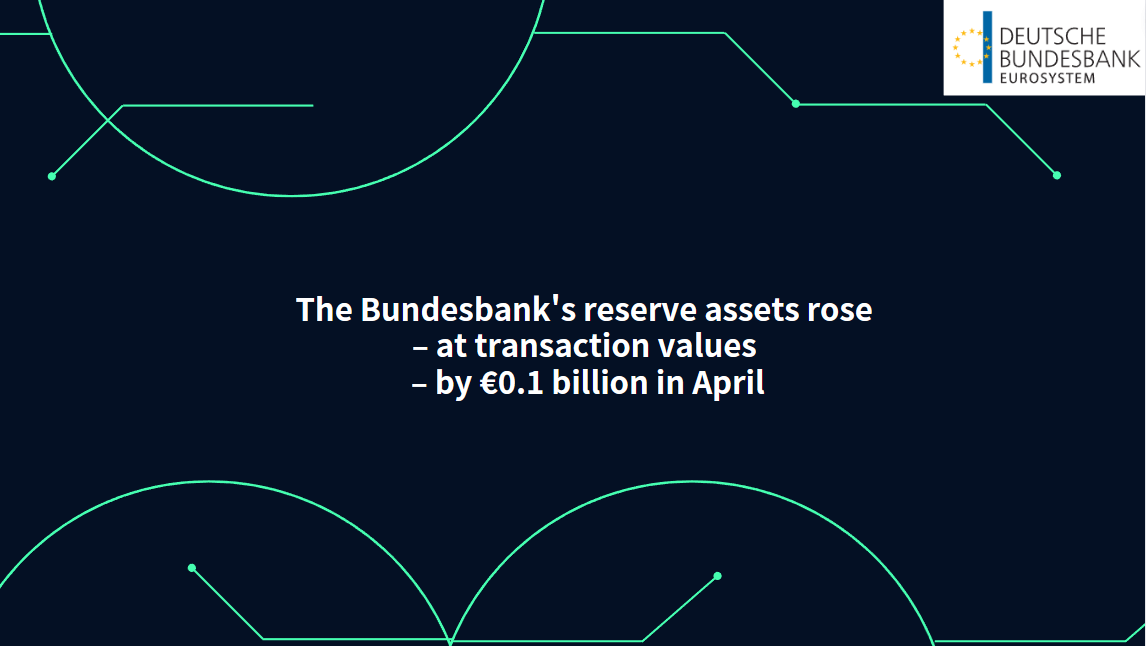Bundesbank recommends making less extensive use of off-budget entities and increasing trans-parency of central government finances
However, this is making it considerably more difficult to obtain an overview of central government finances – partly because information on the finances of off-budget entities is incomplete. In addition, central government has revised the rules governing how off-budget entities are included in the debt brake. Emergency borrowing, for example, has been used to create longer-term scope for additional deficits outside the core budget. In the current Monthly Report, the Bundesbank recommends refocusing central government finances more strongly on the core budget. This includes making less extensive use of off-budget entities in future and also dissolving existing off-budget entities. “Independently of this, the government should provide meaningful information for all off-budget entities,” the experts write.
Off-budget entities with scope for deficits of around €400 billion
All in all, central government off-budget entities have considerable scope for deficits. At the end of 2022, this amounted to around €400 billion, which corresponds to 10% of gross domestic product (GDP) in 2023, and was mainly attributable to three special funds: the Economic Stabilisation Fund for Energy (€170 billion), the Federal Armed Forces Fund (€100 billion) and the Climate and Transformation Fund (€90 billion). The debt brake limits central government net borrowing after deduction of cyclical burdens and financial asset acquisitions to 0.35% of GDP per year, which is around €13 billion in 2023. However, this does not include off-budget entities’ above-mentioned scope for deficits. With the new rules on how off-budget entities count towards the debt brake, Germany is less able to guarantee that it will comply with the European deficit limit. “The binding effect of the debt brake is also impaired if large-scale future expenditure in off-budget entities is funded upfront via the escape clause,” the experts write.
Limited transparency of central government finances
The rationale behind off-budget entities is that they ensure a more reliable provision of financial resources or that they can perform tasks more cost-effectively, as they are not so tightly bound to the federal administration and its strict procedural rules. “However, clear advantages over the core budget are not always evident in individual cases,” according to the Monthly Report.
Clear disadvantages do arise if off-budget entities obscure the transparency of central government finances. This is particularly the case if there are numerous large-scale off-budget entities. “With off-budget entities, the core budget no longer fully reflects central government’s revenue and expenditure, making it more difficult to see the big picture,” the experts write. The annex lists just 26 of the major off-budget entities and briefly outlines their main features. In some cases, central government’s reporting on its off-budget entities’ financial results and plans is incomplete. For this reason, the Bundesbank recommends that, “To ensure a better overall assessment of central government finances, it is important that regularly updated plans and results for the core budget and off-budget entities are presented together as a summary.” Additional information on the individual entities and the overall situation would again significantly improve the transparency of central government finances and fiscal policy.
Download
in German only






















































First, please LoginComment After ~